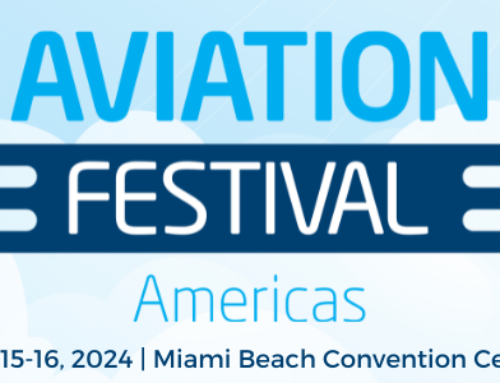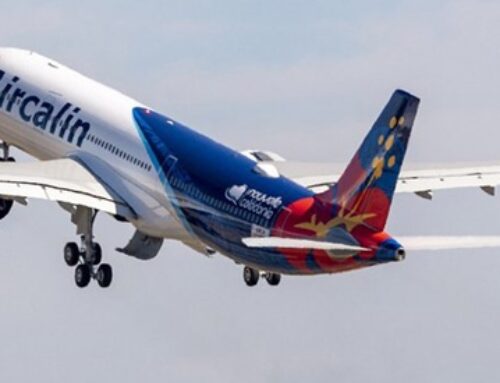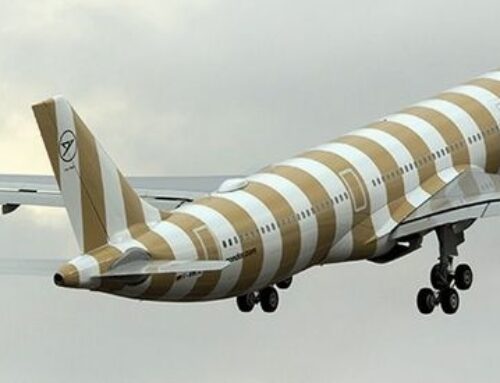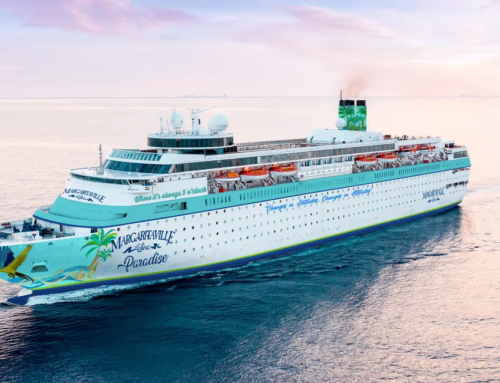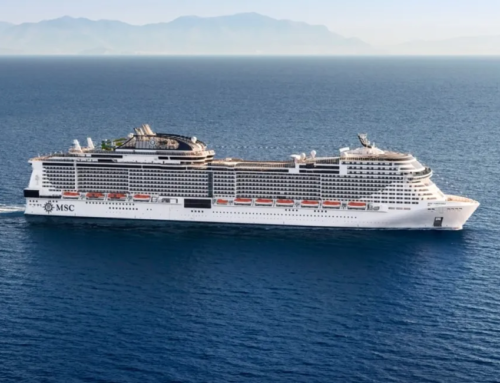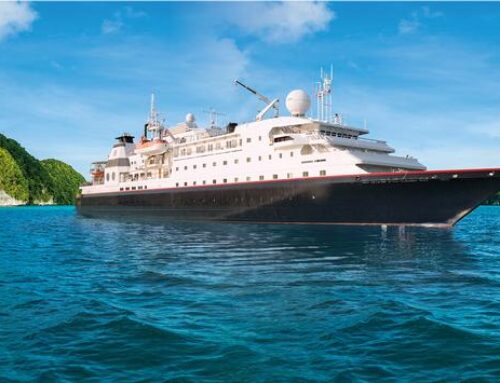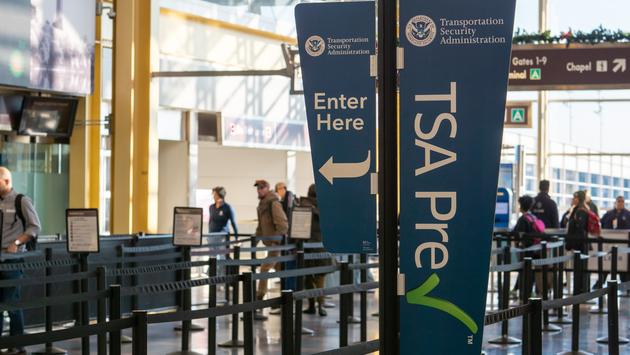
In the midst of peak holiday travel season, you’ve invested $189 in a yearly Clear membership to breeze through airport security. However, travelers with TSA PreCheck memberships, which cost a fraction at $78 for five years, are zipping through their dedicated lanes. Even those who haven’t paid extra are making it through quicker due to the presence of multiple regular security lines.
This has become the latest frustration for air travelers: choosing the right security line.
With millions of people expected to fly during the holidays, a 6% increase from the previous year, many are seeking ways to expedite their journey by enrolling in new and relatively expensive programs, both governmental and private, offering fast-track access through airport security.
However, as more travelers join these programs, promising convenience in exchange for personal or biometric data, the lines are getting slower. TSA PreCheck members report longer wait times than regular security lines in some cases, while Clear members are frustrated that they paid more for slower service.
Travelers are now faced with the dilemma of choosing between these services. Deciding which security line to pick has become a strategic challenge.
Experts advise members of both programs to carefully assess factors like airport-specific conditions, staffing levels at Clear and TSA, and other variables when navigating security lines.
TSA PreCheck, launched in 2011, initially aimed to expedite the screening process for frequent flyers. Enrollment surged recently, with over 18 million passengers signing up, resulting in slightly longer wait times as more people rush to the program.
While TSA claims that 92% of PreCheck passengers wait less than five minutes (down from 99% in 2016), 99% still wait less than ten minutes.
Several factors contribute to longer lines, including the installation of 3-D luggage scanning machines, staffing shortages, and a higher number of travelers post-Covid.
Clear, on the other hand, does not allow flyers to bypass physical security screenings conducted by TSA. Instead, it verifies members’ identities at dedicated kiosks using biometrics, facilitating quicker access to the TSA security line.
Clear has grown substantially, with approximately 6% of all TSA checkpoint volume in the US processed through Clear lanes in December 2022, compared to 4% the previous year.
However, some travelers find Clear less advantageous than TSA PreCheck, particularly when lines are equally long. Airlines like Delta and United have invested in Clear, but security checks at Clear have become more frequent, slowing down the process.
As a result, travelers are becoming choosier, opting for the more cost-effective program when faced with similar wait times.
Clear has responded to the busy holiday season by increasing staffing and plans to add more lanes and new technology to reduce wait times.
In the end, travelers must carefully consider their options based on the specific conditions they encounter at airports to maximize their security line experience.
Sources: AirGuide Business airguide.info, bing.com, cnn.com

